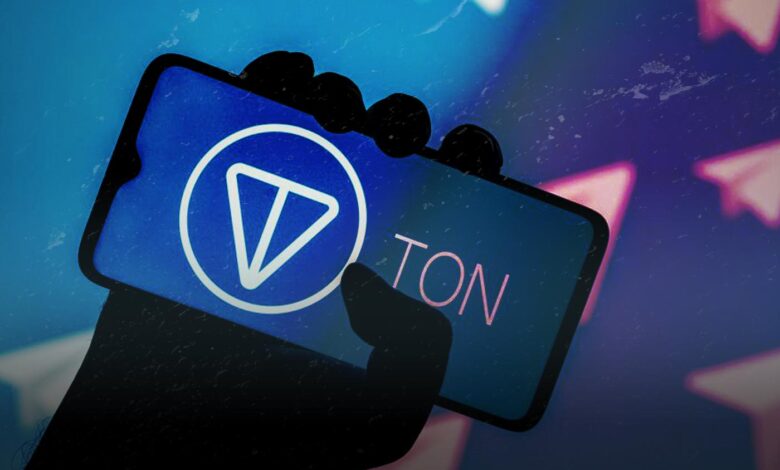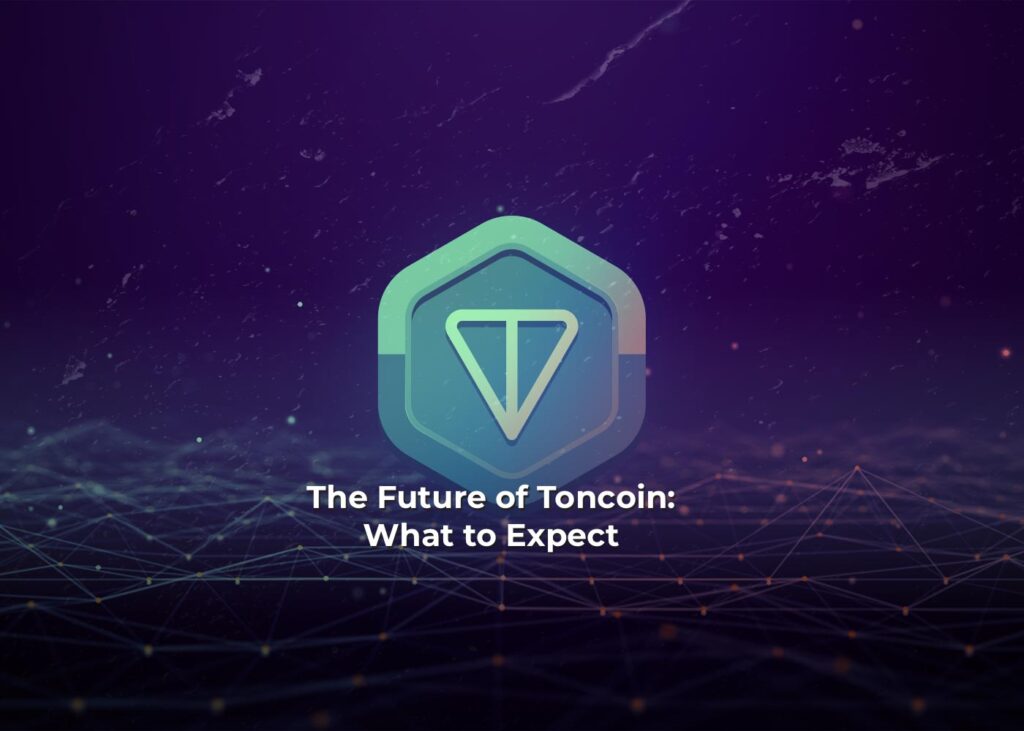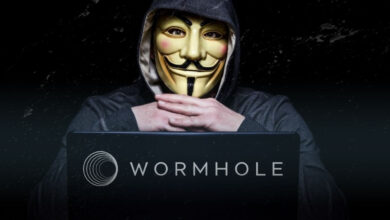
Telegram created Toncoin (TON) in 2018 as a decentralized Layer 1 blockchain. The Telegram Open Network project was later abandoned, acquired by the TON Foundation, and renamed “Open Network”.
Since 2020, the development of the technology has been funded by the TON Foundation, a non-profit funding organization and an independent community of enthusiasts. Toncoin, formerly known as Gram, is the native cryptocurrency of the network.
The original plan was to integrate TON into a user-friendly app that allows users to buy, send, and store currencies. Customers pay transaction fees and use TON to validate and process payments. Toncoin uses a proof-of-stake (PoS) consensus algorithm to ensure network scalability and reliability. According to the project’s website, the platform supports low-cost transactions and third-party applications, offering customers fast, transparent, and secure payment services.
The creators aim to build a comprehensive ecosystem with decentralized storage, decentralized services, a domain name system (DNS-like), an anonymous network, an instant payment platform, and low-cost and fast transaction processing.

Why is the Open Network Important?
The Open Network is a blockchain with an adaptive architecture and a focus on serving ordinary customers. TON offers fast transaction processing and verification per second (TPS). During an election process in September 2021, the network processed 55,000 TPS, a record for that time; however, the available TPS could be hundreds of thousands or millions. This feature allows the project to expand rapidly without compromising performance. Furthermore, the project has no negative impact on the environment.
Who are the developers of Toncoin?
The blockchain platform was originally conceived by brothers Nikolai and Pavel Durov and developed by the Telegram team. Telegram planned to create a blockchain-based Gram coin and a platform for decentralized applications (dApps).
Gram attracted a lot of attention, which led to complications. The United States Securities and Exchange Commission (SEC) restricted the company’s growth. Since Gram was classified as a security by the SEC, the distribution of Gram tokens was restricted.
The Telegram team has almost completed the development of TON. In 2020, Telegram CEO Pavel Durov left the project and independent crypto enthusiasts took over the development.
The project was built with open-source code from the beginning, so anyone can continue development. Anatoliy Makosov and Kirill Emelianenko, both members of the NewTON community, founded and built the current network (later the TON Foundation).
Why Buy Toncoin? What are the Differences?
TON has a hierarchical structure based on fragmentation or segmentation (“blockchain within blockchain”). The segmentation feature uses multiple subnets (shards) on a single blockchain, with each shard serving a specific purpose. It prevents the accumulation of unconfirmed blocks and speeds up transactions. Master, work and shard chains are the components of the TON network.
The developers emphasize scalability, efficiency and universal acceptance. Thanks to the well-functioning interaction between segments, the network enables ultra-fast transactions by validating and processing a large number of TPS.
Toncoin was developed to help protect the environment. It can be used to build decentralized applications (dApps), as a transaction processing fee, as a cross-chain transaction fee, and as a staking payment to protect the blockchain and services. The list of uses also includes payments for decentralized data storage, TON DNS/TON proxy and other fees for decentralized services. TON is also used to pay auditors. In addition, individuals can vote on changes to the governance program and move forward with TON.
How Many Ton Coins Are There Already?
Toncoin, the native token of the TON network, has a supply cap of TON 5 billion and a circulating supply of TON 1.22 billion.
What is the Toncoin (TON) Network Security System?
The network uses the Proof-of-Stake (PoS) consensus process to verify transactions. Toncoin is used to compensate the validators. Nominators can also exchange tokens for rewards from validators. Using smart contracts to regulate validators and nominators increases the security of the network. Smart contracts are executed using the TON Virtual Machine (TVM).
You may be interested: The Web2 Industry Is Going Through Tough Times




